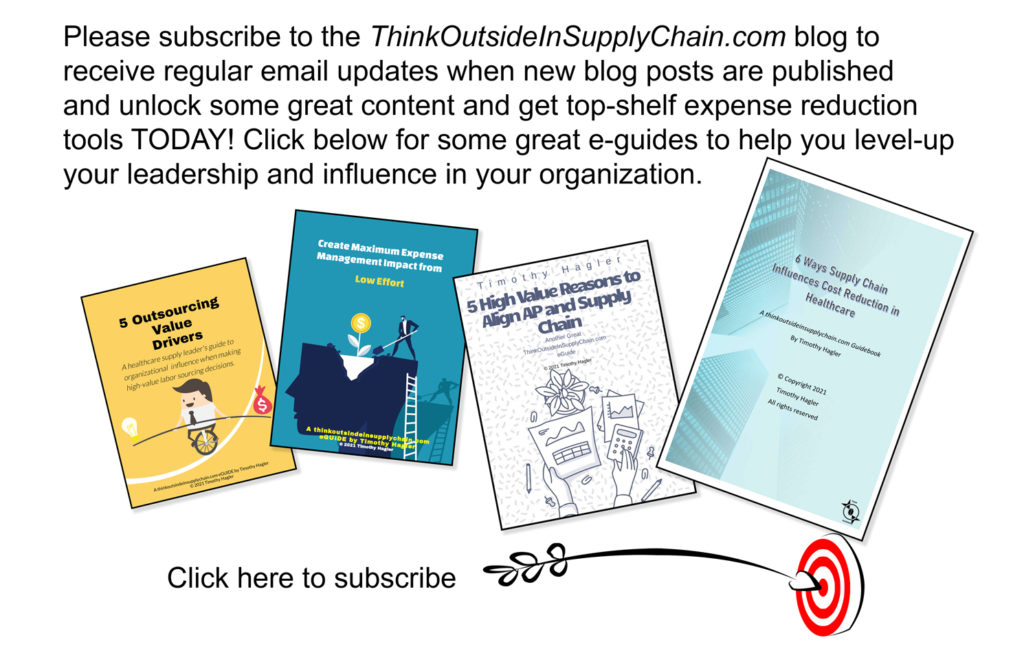5 Keys to Powerful Organizational Transformation
Having trouble making lasting transformation? Here are the keys to successful change-based management initiatives.
Resistance to change may be active or passive, overt or covert, individual or organized, aggressive or timid and on occasions totally justified.
Sadly, most significant change fails to meet the expectations and targets of the proposers. The failure is given the catchall name ‘resistance’, yet resistance can be principled and creative as well as from vested interest. Top management is frequently unreasonable in its expectations and time scale, forgetting the process it went through when it decided to make the change.
An effective change manager will prepare an organization for change in the early stages of project definition and stakeholder review, by taking managers through a similar sales process and responding to their apparent resistance: the creative conflict.
This process is likely to improve the project definition and buy in. It will also ensure that it is clear the moment resistance becomes vested interest.
It is unrealistic to expect an independent change manager to tackle vested interest resistance, but the change director can use his or her intervention as a signal to the organization such interventions should be few but telling.
An independent change manager is a cross between a foil and a lightning rod. The foil ensuring that positive energy is deflected to the right place, the lightening conductor removing negative energy from the organization.
The objective is to avoid resistance and make change stick!
Resistance is a key OVERALL element in why change fails.
A recent informal UK survey of 120 government transformation programs identified that:
- 15% achieved their objectives
- A further 20% failed to achieve their objectives but were nevertheless regarded as satisfactory.
- 65% were unsatisfactory.
Keys for making enduring transformational change!
1. Be crystal clear about the reasons for the change and the overall objectives. If you are unclear and inconsistent in messaging, anyone with a vested interest in the status quo will easily form a pocket of resistance.
2. Act quickly on the desired change. A slow start, even with the remarkably clear objectives, will develop mixed messages about the importance of the change and give resistance a better opportunity to retain the focus.
3. Prepare leadership for the management style required by a change. To sustain a change, you must deliver the new management style, as in new leadership reports, metrics, and new communications that will enter the workplace culture.
4. Present change in a way that suits the organization. Link the change to the mission, values, and the strategic plan of the organization. Synergy with strategic objectives goes a long way to enculturate change.
5. The most motivated stakeholders should lead the transformation. The term ‘Distance Transformation’ is when a leader sets the direction for a change then leaves the actual change to less motivated people. “Success has many parents; failure is an orphan.” The most motivated leader needs to stay tactile with the initiative, and recruit new missionaries for the change to help carry the change further and faster.
Bringing it all together
Very few organizations really manage all elements of disruption and resistance effectively. Launch an initiative using these 5 keys, and your organization will benefit from successful transformation management.
TH
If your boss asked for your top cost reduction ideas by the end of the day, do you know what recommendations you would make? Use this Expense Reduction Idea Log regularly and you will never have to stall for ideas again. Order one for each person on your purchasing and sourcing teams today!



[…] Click here so you don’t miss this interesting blog post on ThinkOutSideInSupplyChain: 5 Keys to Powerful Organizational Transformation […]